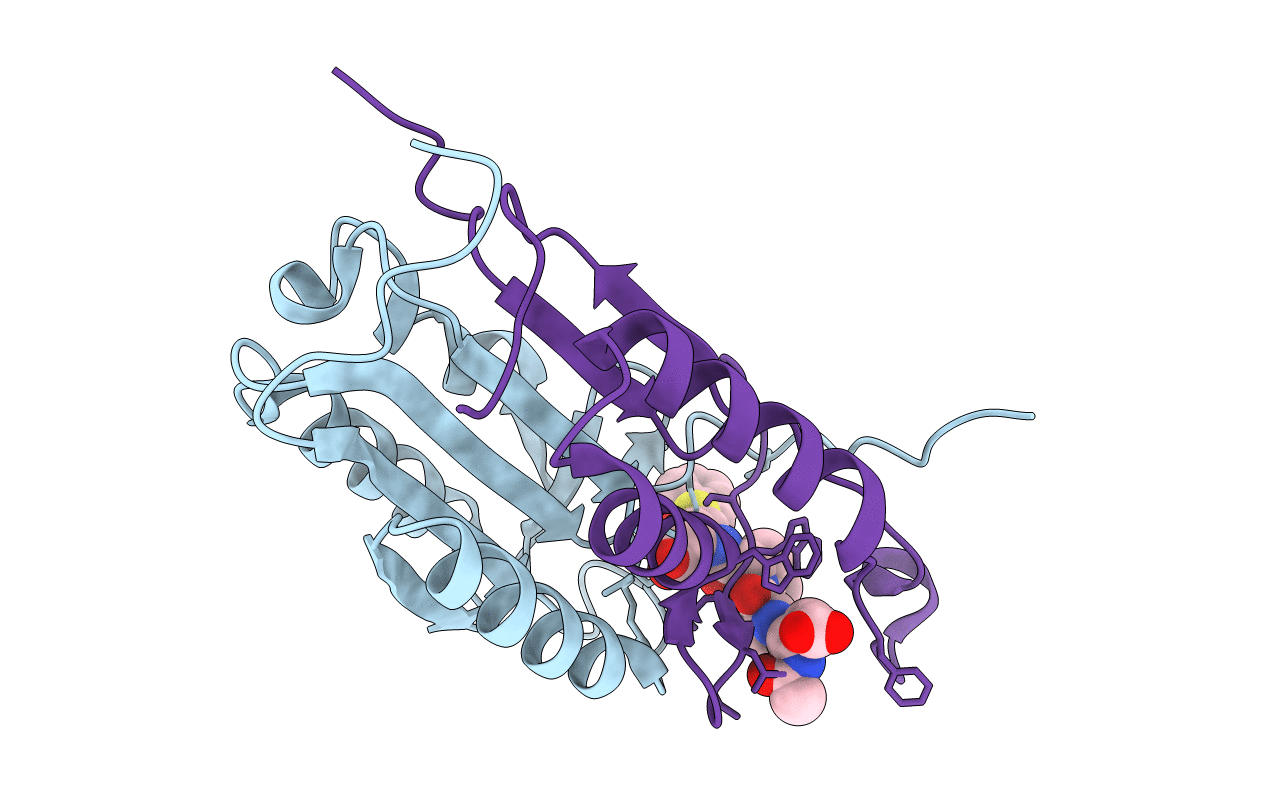
Deposition Date
2003-11-14
Release Date
2004-05-11
Last Version Date
2024-10-30
Entry Detail
PDB ID:
1RHU
Keywords:
Title:
CRYSTAL STRUCTURE OF THE COMPLEX OF CASPASE-3 WITH A 5,6,7 TRICYCLIC PEPTIDOMIMETIC INHIBITOR
Biological Source:
Source Organism:
Homo sapiens (Taxon ID: 9606)
Host Organism:
Method Details:
Experimental Method:
Resolution:
2.51 Å
R-Value Free:
0.21
R-Value Work:
0.16
Space Group:
P 21 21 2


